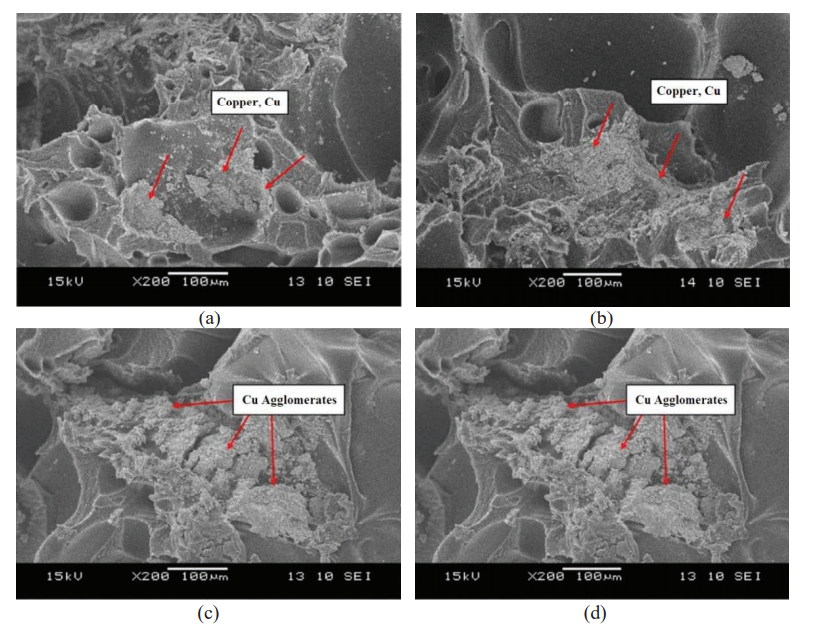In ‘Effect of Printing Temperature on Mechanical Properties of Copper Metal Polylactide Acid,’ authors Mohd Fara Zureel Ikhqwan bin Mohd Arpan and Lim Joon Hoong outline their findings regarding metal PLA. Using copper metal PLA with 15 percent copper metal powder, the authors experimented, making a comparison with pure PLA and noting differences in mechanical properties. Printing temperatures ranged from 180Ԩ to 230Ԩ with an increment of 5Ԩ, with cuboid samples 3D printed for the study.
Because metal-filled filaments are made from heavier materials, they are denser than many other materials, feeling ‘heftier’ in the hand, and bearing a metallic finish. Numerous powders can be added to filaments, creating composites, and enhancing mechanical properties. Metal PLA is much easier to work with; in fact, the authors point out that you could use this composite ‘at home for a hundredth of the cost.’
There is still heavily uncharted territory though in 3D printing with metal, especially when considering the extreme temperatures to be reached, up to 1400 degrees celsius. And while hardware capable of producing such heat is cost-prohibitive for most, there are still ‘many untested theories’ revolving around printing parameters alone.
“The change in temperature is hypothesized to be affected by the metal to PLA ratio of the compound and the optimum settings of printing metal PLA can be determined,” state the researchers.
While previous studies may have demonstrated that metal powder decreased printing temperatures for metal PLA, in this study they varied the amount of metal powder, studying mechanical properties and tensile strength. The samples were composed of 50 percent infill density, using a 1.0 sized nozzle and 45 mm/s printing speed. Five samples were created for each printing temperature.
“For the energy dispersive X-ray spectroscopy (EDX) characterization, a sample of the copper metal PLA and pure PLA were printed in the shape of a cuboid with dimensions of 22 x 10 x 10 mm,” stated the researchers.
The samples were assessed to see how effectively the copper blended with the PLA. On inspecting the samples, the scientists realized that the copper PLA filament spool samples were ‘well blended.’ Some samples did however alert them to the potential of clogging as such agglomerates would affect nozzle diameter.
“Since only one out of four images from the samples showed the existence of agglomerates, the quality copper PLA filament spool were considered good,” stated the authors.
The research team noted suitable print temperatures upon tensile strength increase—with the same property diminishing to minimal levels upon temperature increases.
“Since there were minimal difference between performances of metal PLA at 215Ԩ to 230Ԩ, the optimum printing temperature of metal PLA was concluded to be at 215Ԩ. Taking from an economic perspective, the cost of metal PLA was higher than normal PLA but in return offers, structural heftiness, reduced material shrinkage and higher tensile strength provided that it was printed at its optimum printing temperature of 215Ԩ,” concluded the researchers.
“Increasing the printing temperature higher may give additional tensile strength, but also increase the overall printing cost. As 3D printer operates the whole duration of the printing time, higher printing temperature can cause the power used to increase.”
As 3D printing and additive manufacturing processes continue to evolve, researchers are fairly obsessed with perfecting mechanical properties, from refining FDM 3D printing to creating shape memory polymers and carbon composites. What do you think of this news? Let us know your thoughts! Join the discussion of this and other 3D printing topics at 3DPrintBoard.com.
[Source / Images: ‘Effect of Printing Temperature on Mechanical Properties of Copper Metal Polylactide Acid’]
